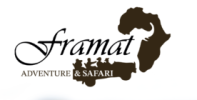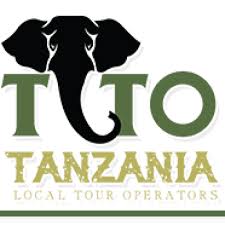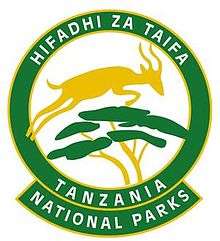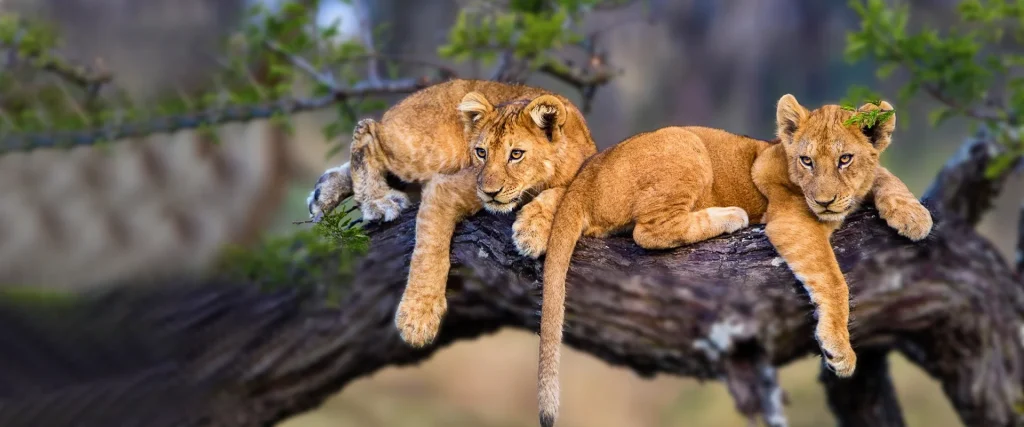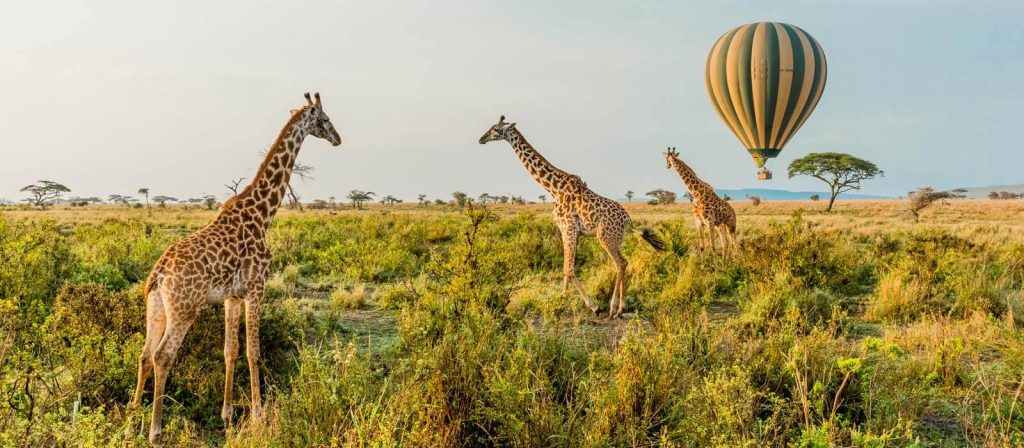A Beginner’s Guide to Climbing Mount Kilimanjaro
Climbing Mount Kilimanjaro, Africa’s highest peak, is a bucket-list adventure for many outdoor enthusiasts. Towering at 5,895 meters (19,341 feet) above sea level, Kilimanjaro is a dormant volcanic mountain in Tanzania. Unlike many other high-altitude climbs, no technical skills are required, making it accessible to beginners with the right preparation. This Beginner’s Guide to Climbing Mount Kilimanjaro will provide you with essential insights and tips for your journey to the summit.
Whether you’re researching the best routes or learning how to acclimatize, this Beginner’s Guide to Climbing Mount Kilimanjaro ensures you’re equipped with all the necessary information. Conquering the “Roof of Africa” is an extraordinary feat, and by following the advice in this Beginner’s Guide to Climbing Mount Kilimanjaro, you’ll be ready for the challenge ahead!
Why Climb Mount Kilimanjaro?
Mount Kilimanjaro is one of the Seven Summits and is considered the easiest to climb due to its non-technical routes. However, the journey is as much a mental challenge as it is a physical one. It offers climbers a chance to traverse diverse landscapes, from lush rainforests to alpine deserts and snow-capped peaks, all in one trip. Beyond the scenery, the sense of accomplishment upon reaching Uhuru Peak is unparalleled.
Choosing the Right Route
Kilimanjaro has several trekking routes, each with unique features, durations, and levels of difficulty.
- Marangu Route: Known as the “Coca-Cola Route,” it’s the only route with hut accommodations and is considered the easiest path.
- Machame Route: Popular for its scenic views, this “Whiskey Route” is more challenging but offers a higher success rate.
- Lemosho Route: Known for its beauty and low crowds, this route is ideal for climbers seeking a longer and more gradual ascent.
- Rongai Route: The only route approaching Kilimanjaro from the north, it offers a unique perspective and is less crowded.
- Northern Circuit: The longest route, offering ample acclimatization and the highest summit success rate.
- Umbwe Route: The steepest and most challenging route, recommended for experienced climbers.
Preparing for Your Climb
1. Physical Fitness
Although no technical climbing skills are needed, climbers should be in good physical condition. Start training at least two months before your climb, focusing on endurance, leg strength, and cardio exercises. Hiking with a weighted backpack will help simulate the conditions.
2. Acclimatization
Altitude sickness is one of the biggest challenges on Kilimanjaro. Choose a route with gradual elevation gain to increase your chances of acclimatizing. Spending extra days on the mountain improves your likelihood of reaching the summit.
3. Packing Essentials
Here’s a list of must-have items for your climb:
- Insulated clothing for the summit night
- Sturdy hiking boots
- A high-quality sleeping bag (rated for sub-zero temperatures)
- Trekking poles to reduce strain on your knees
- Hydration systems (bladders or water bottles)
- Snacks for energy boosts
- Headlamp with extra batteries
- Sunscreen, sunglasses, and a wide-brimmed hat for sun protection
On the Mountain: Tips for Success
- Go Slow: The Swahili phrase “Pole Pole” (slowly, slowly) is the mantra for Kilimanjaro. Take your time to prevent overexertion and improve acclimatization.
- Stay Hydrated: Drink at least 3 liters of water daily to combat altitude sickness.
- Eat Well: Fuel your body with the provided high-energy meals, even if your appetite decreases at higher altitudes.
- Listen to Your Guide: Kilimanjaro guides are experienced in spotting early signs of altitude sickness. Follow their advice to ensure your safety.
- Stay Positive: Mental strength is just as crucial as physical endurance. Focus on the incredible journey rather than the challenges.
Costs and Booking
Climbing Kilimanjaro is an investment, with costs typically ranging from $2,000 to $4,000 depending on the route, operator, and group size. This includes permits, guides, porters, meals, and camping equipment. Booking with reputable operators like Framat Adventures ensures a safe and well-organized experience.
What to Expect at the Summit
Reaching Uhuru Peak is a moment of triumph. Many climbers set off for the summit before dawn to witness the sunrise from the top of Africa. The views are breathtaking, and the sense of achievement is indescribable. Remember to take a moment to soak in the experience—it’s a memory you’ll cherish forever.
Final Thoughts
Climbing Mount Kilimanjaro is an adventure of a lifetime, but it requires preparation and determination. This Beginner’s Guide to Climbing Mount Kilimanjaro will help you plan your journey effectively and ensure a rewarding experience. By following the advice in this Beginner’s Guide to Climbing Mount Kilimanjaro, you can overcome challenges and reach the summit of Africa’s tallest peak.
Choosing the right route is a crucial part of this Beginner’s Guide to Climbing Mount Kilimanjaro, as different routes offer varying levels of difficulty and scenic views. Training adequately and acclimatizing properly are equally important, as highlighted in this Beginner’s Guide to Climbing Mount Kilimanjaro. Packing the right gear and staying hydrated are essential tips included in this Beginner’s Guide to Climbing Mount Kilimanjaro for ensuring a safe and successful trek.
With determination and preparation, following this Beginner’s Guide to Climbing Mount Kilimanjaro will help you create unforgettable memories. As recommended by Framat Adventures, planning ahead and choosing experienced guides are key to making your climb enjoyable and secure. Let this Beginner’s Guide to Climbing Mount Kilimanjaro inspire you to take on this incredible challenge and achieve the extraordinary!
